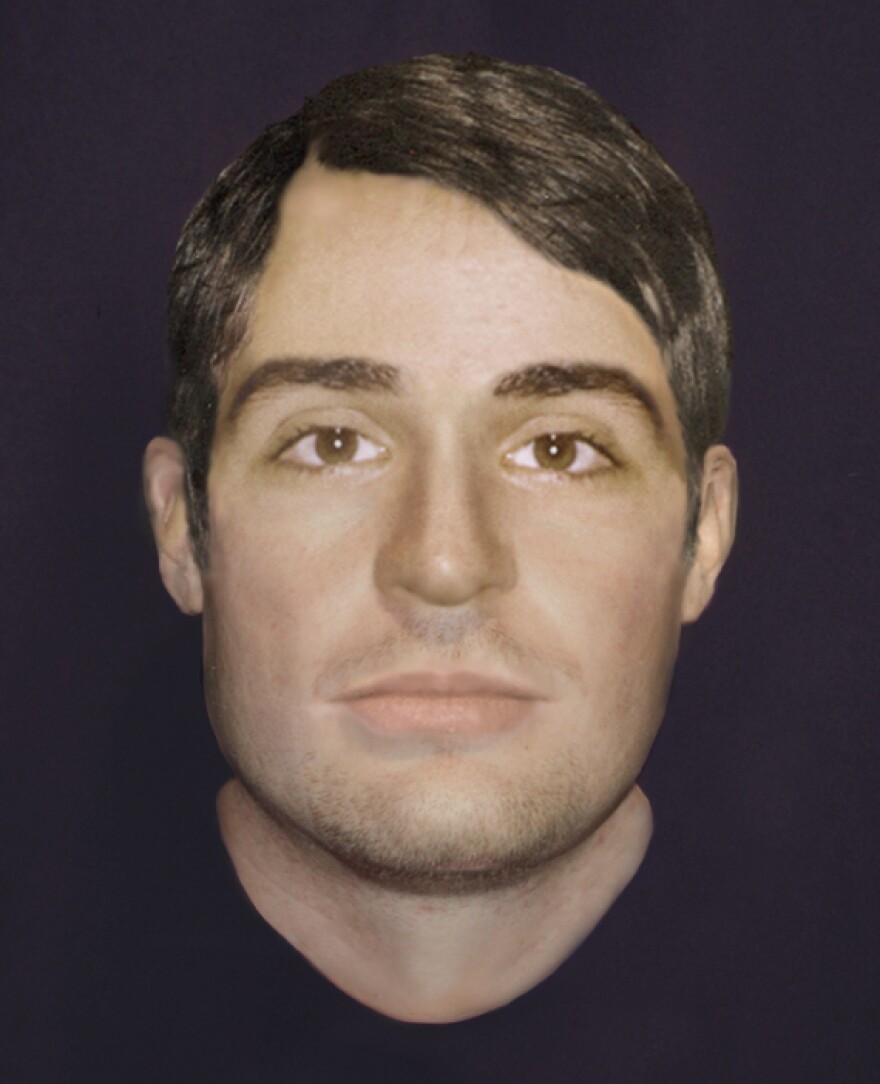

In 1862, the USS Monitor — a Civil War-era ironclad warship — fought one of the world's first iron-armored battles against the Confederate ironclad CSS Virginia. Less than a year later, a violent storm sank the Union ship off the coast of Cape Hatteras, N.C. The wreck was discovered more than a century later, and subsequent searches have turned up more than just a crumbling ship — they also found the skeletons of two of the Monitor's sailors in the ship's gun turret.
To this day, their identities are unknown, but David Alberg, superintendent of the Monitor National Marine Sanctuary, is trying to change that. With help from the Joint POW-MIA Accounting Command (JPAC) and forensic scientists at Louisiana State University, Alberg's organization has released facial reconstruction images made from the sailors' skulls that he hopes will help identify them.
Alberg tells NPR's Melissa Block that scientists learned a lot from the sailors' remains. They know one of the men was likely in his early 20s, while the other was likely in his early to mid-30s. They have the sailors' height, weight and even samples of their DNA.
"From an anthropological perspective, the challenge now is more of a genealogical challenge: How do we go out and find somebody that can come forward, provide DNA to compare their data to what JPAC has done," Alberg says.
He says he hopes the facial reconstruction photos will prompt people to revisit family albums, talk about family history and, if they think they may be related to the lost sailors, come forward to claim their kin.
Copyright 2020 NPR. To see more, visit https://www.npr.org.



